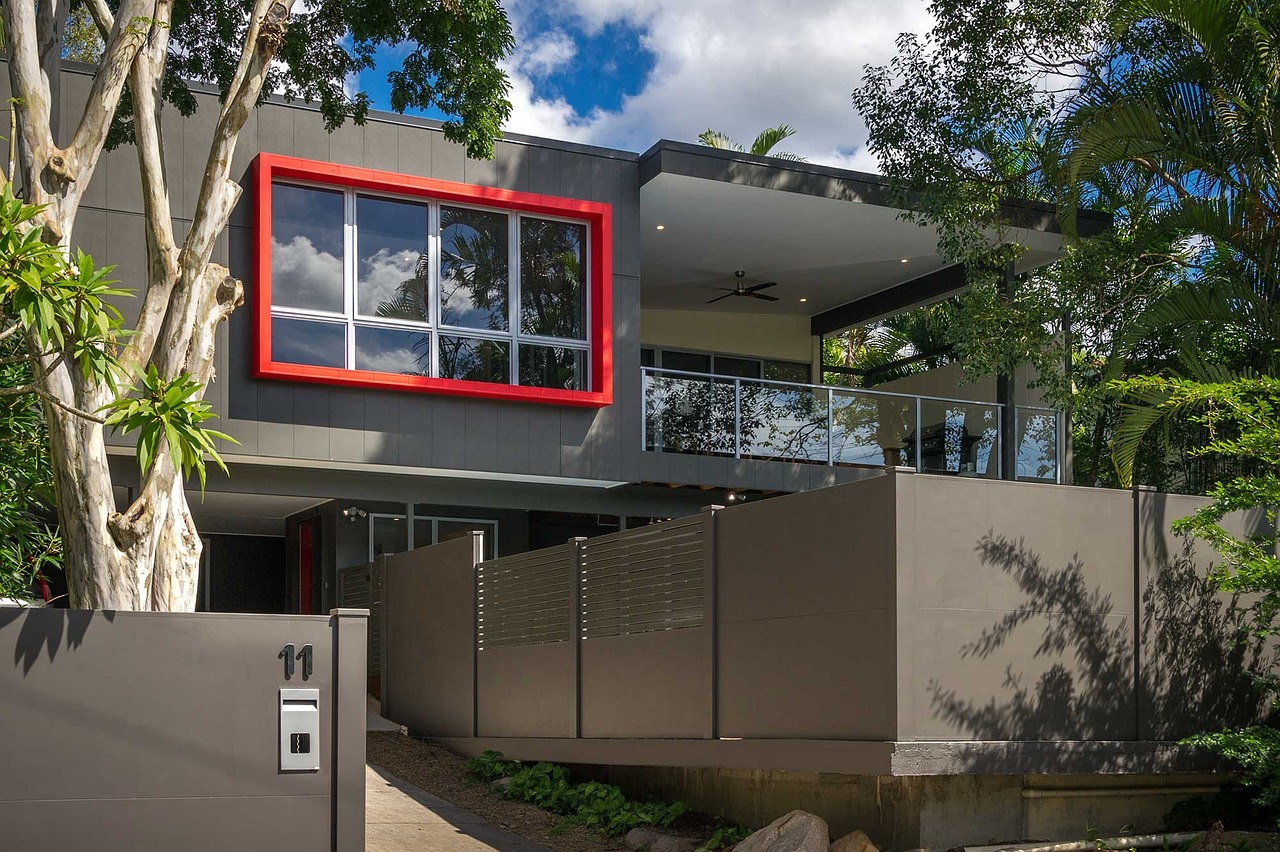How to Design a Wheelchair-Accessible Home
When organizing events or activities, it is crucial to carefully prepare in advance to ensure everything runs smoothly. By planning ahead, you can anticipate and address any potential challenges or obstacles that may arise, enabling you to be better equipped to handle unexpected situations. Whether it is a small gathering or a large-scale event, laying out a detailed plan and timeline can help you stay organized and on track throughout the entire process.
Effective planning involves considering various aspects such as budgeting, logistics, and communication strategies. By setting clear goals and objectives from the outset, you can establish a roadmap that guides your decision-making and resource allocation. Additionally, outlining contingency plans and backup options can help mitigate risks and ensure that you are well-prepared to handle any last-minute changes or emergencies.
Considering Accessibility Needs
It is crucial to take into account the diverse accessibility needs of individuals when planning any event, project, or space. Making accommodations for those with physical disabilities, visual or auditory impairments, or other accessibility challenges is a fundamental aspect of creating an inclusive environment. By proactively addressing these needs, you not only ensure equal opportunities for all participants but also demonstrate a commitment to diversity and equity.
Simple adjustments, such as providing wheelchair ramps, captioning for videos, or sign language interpreters, can greatly enhance accessibility for a wide range of people. Considering accessibility needs from the outset of any initiative can prevent barriers and foster a more welcoming and inclusive atmosphere. Prioritizing accessibility is not only a legal requirement in many cases but also a reflection of respect for the varied abilities and experiences of all individuals.
Why is it important to consider accessibility needs?
It is important to consider accessibility needs to ensure that all individuals, regardless of their abilities, can access and use your services or products.
How can I plan ahead for accessibility needs?
You can plan ahead for accessibility needs by conducting thorough research on common accessibility requirements, consulting with individuals with disabilities, and incorporating accessibility features into your designs from the beginning.
What are some common accessibility needs to consider?
Some common accessibility needs to consider include wheelchair accessibility, visual impairments, hearing impairments, and cognitive disabilities.
How can I make my services or products more accessible?
You can make your services or products more accessible by incorporating features such as alternative text for images, captions for videos, adjustable font sizes, and color contrast options.
What are some resources available to help me address accessibility needs?
There are several resources available to help you address accessibility needs, including online accessibility guidelines, accessibility testing tools, and consulting services specializing in accessibility.





